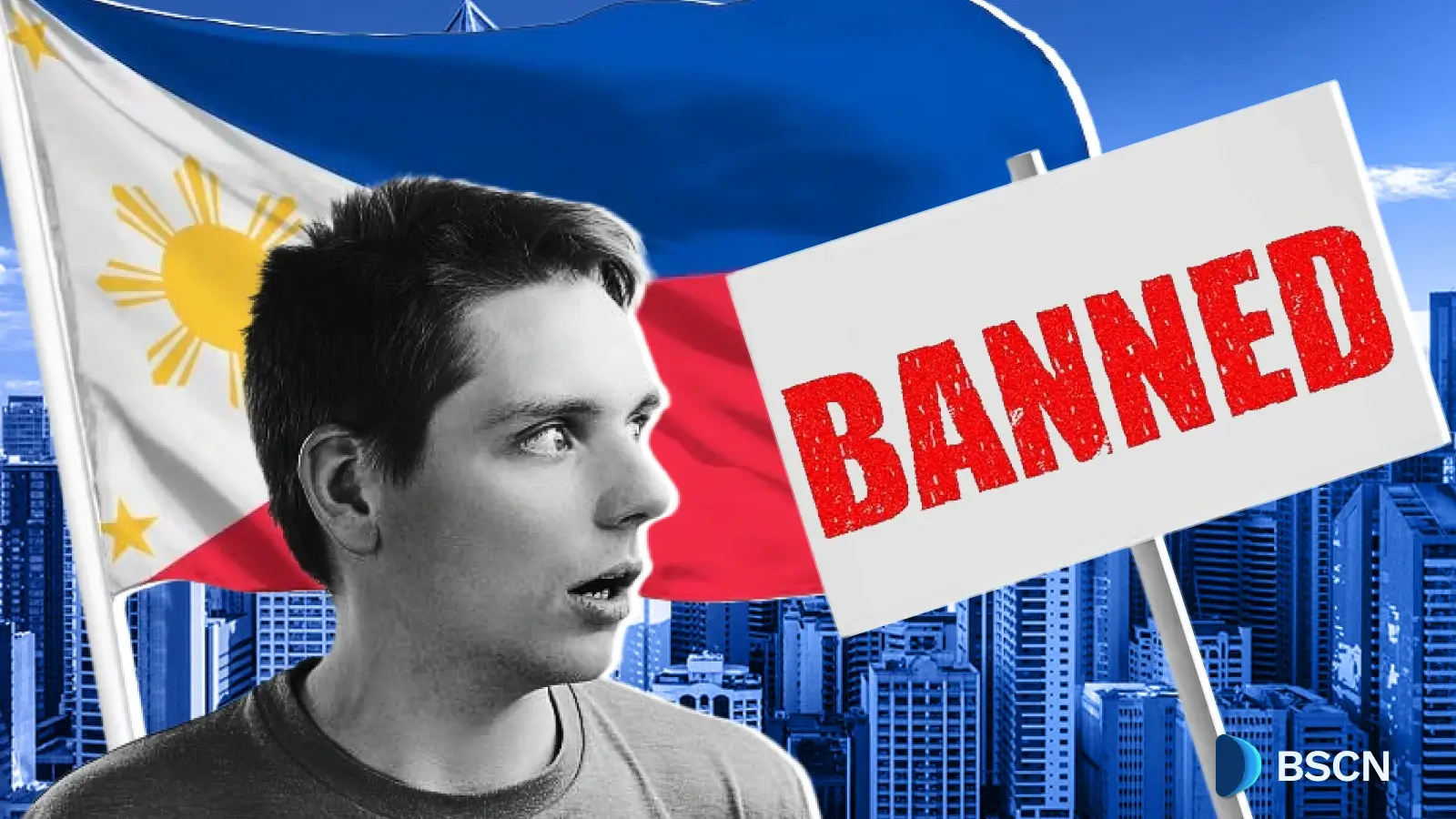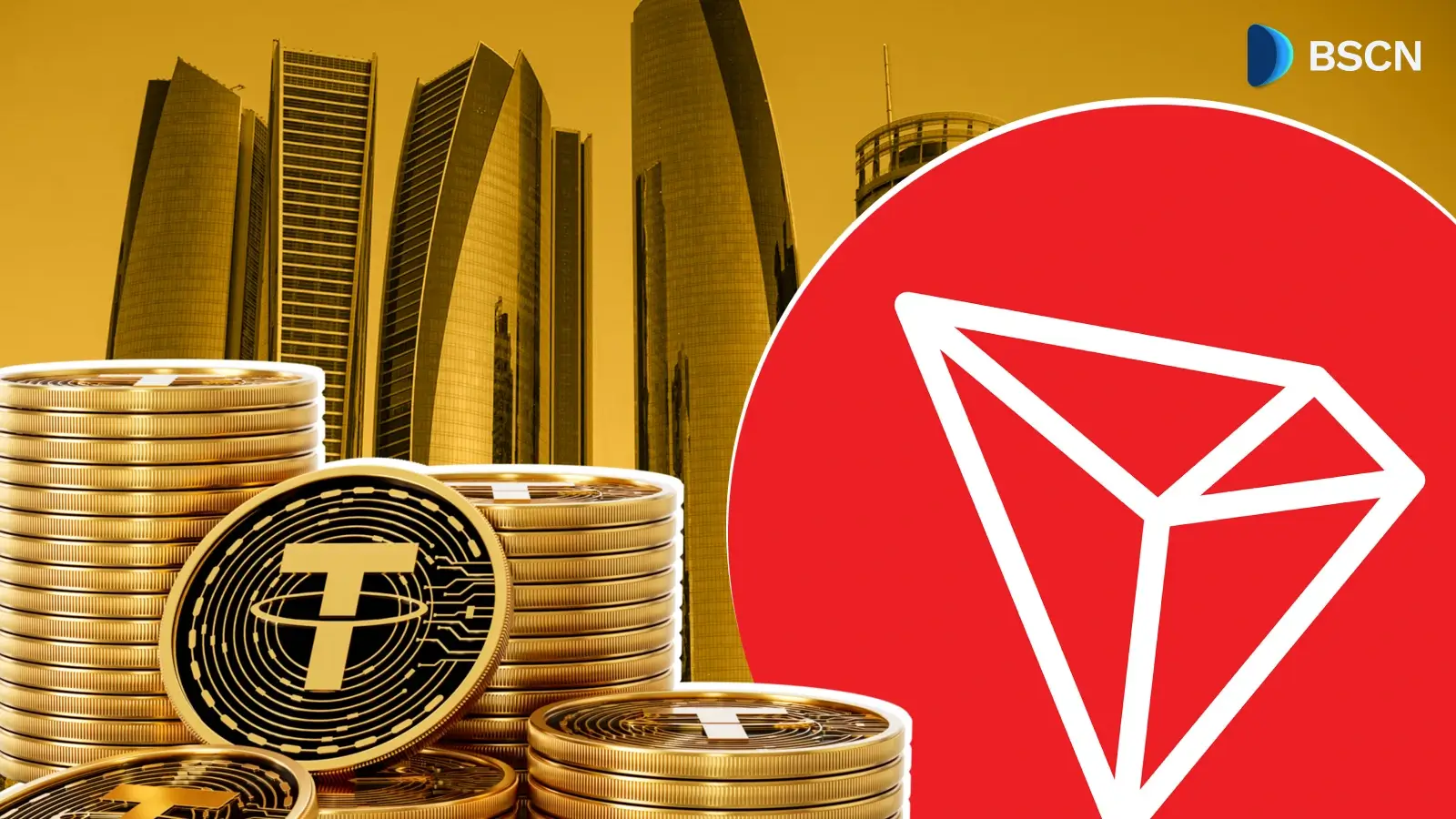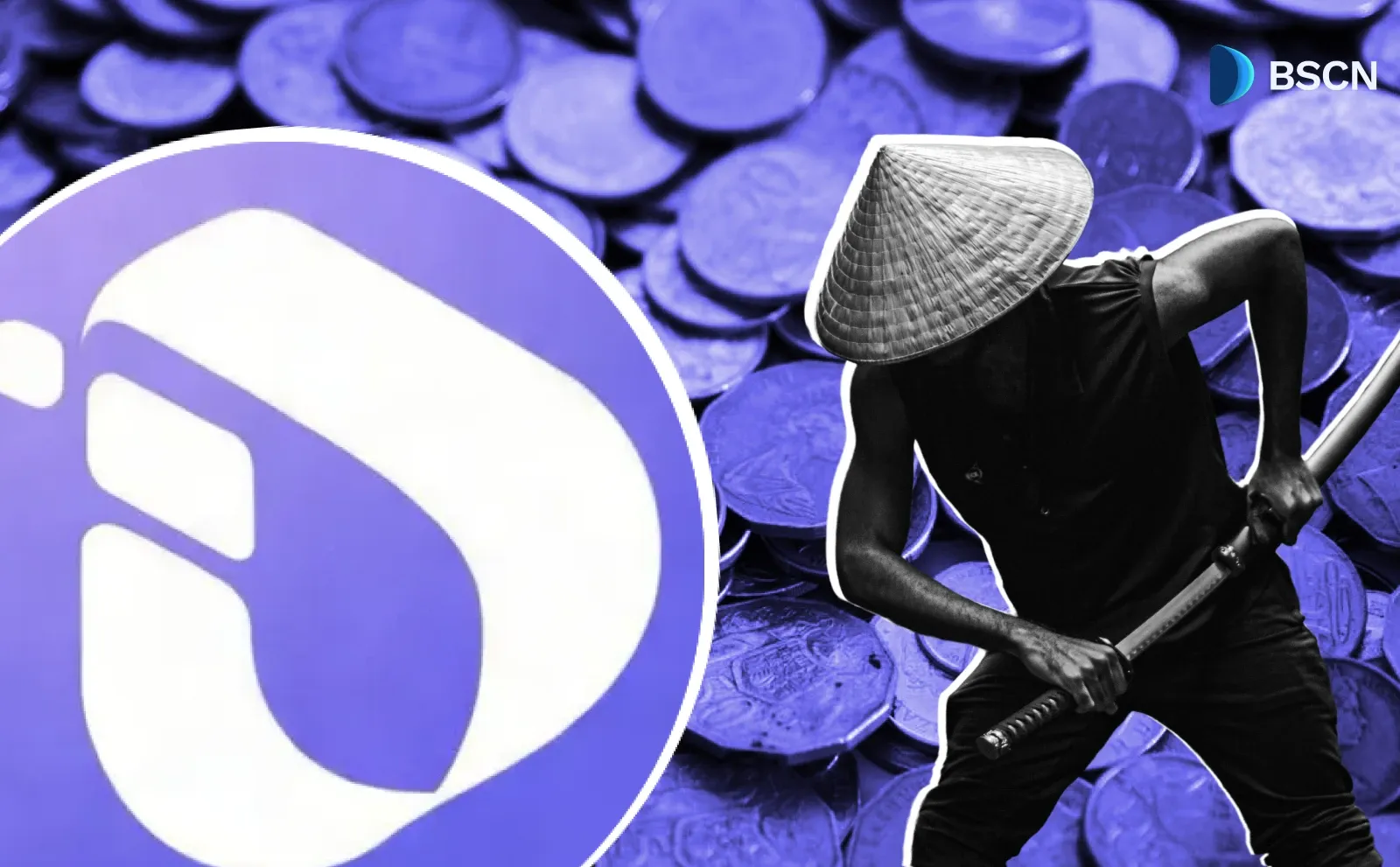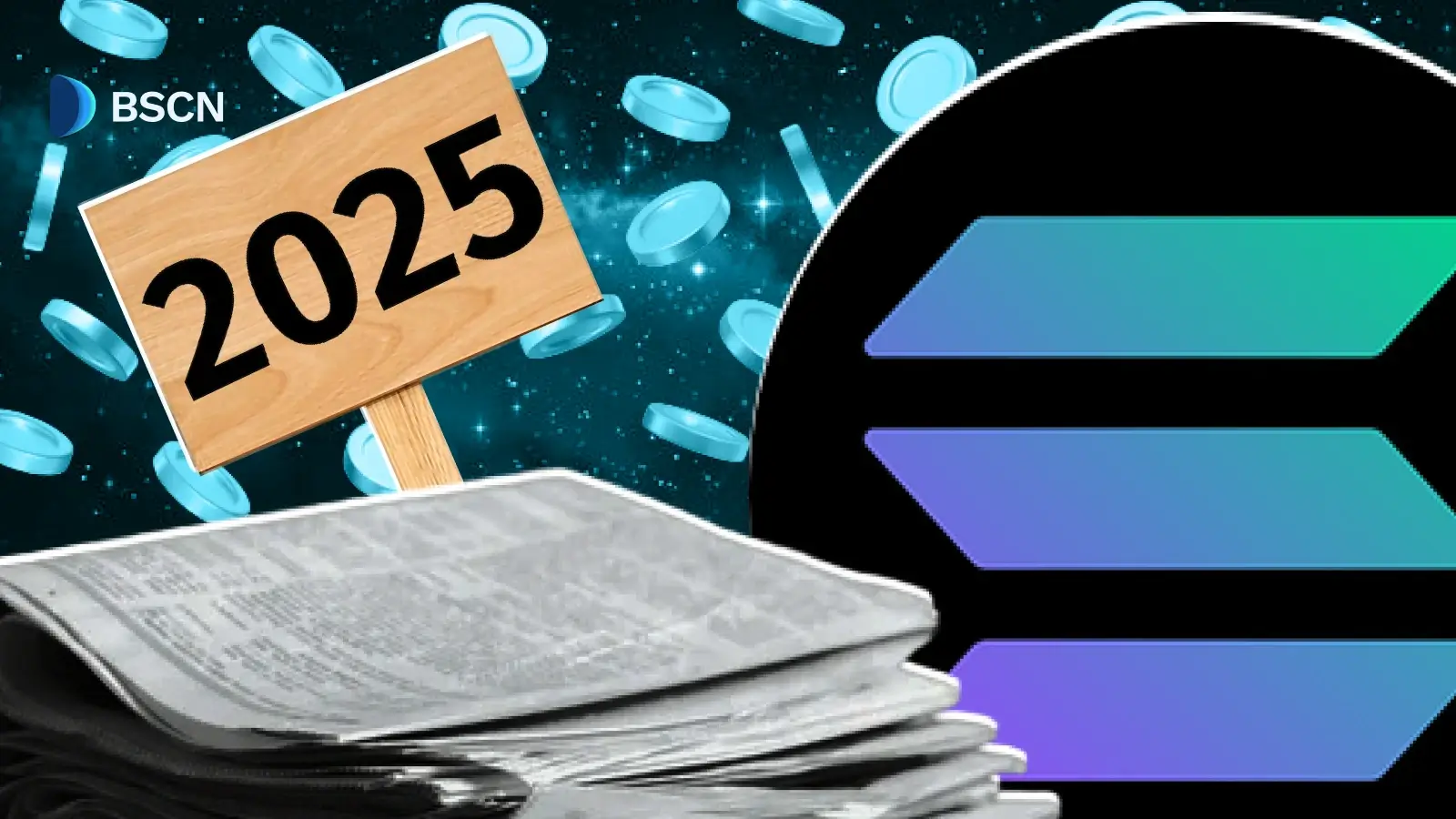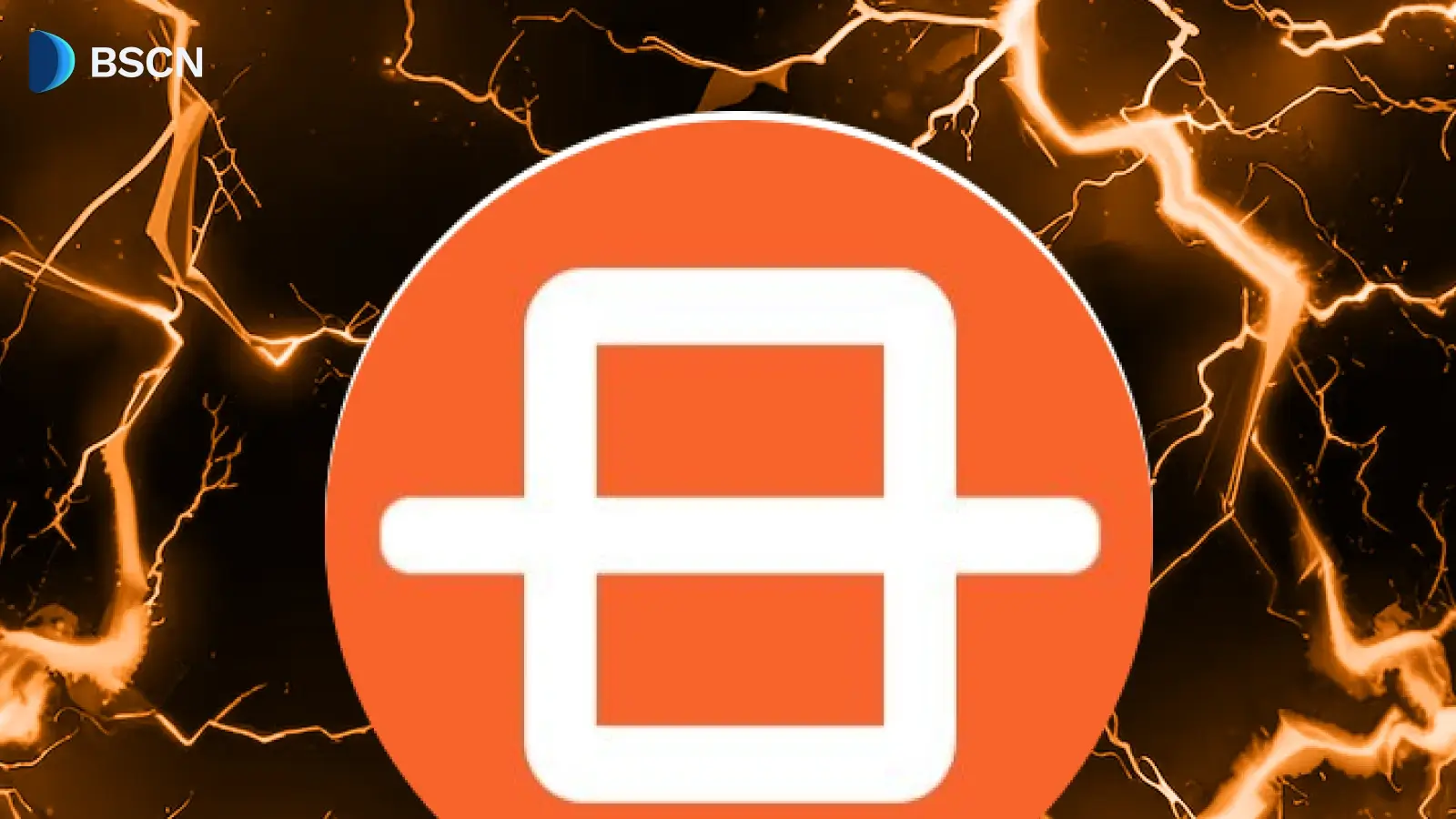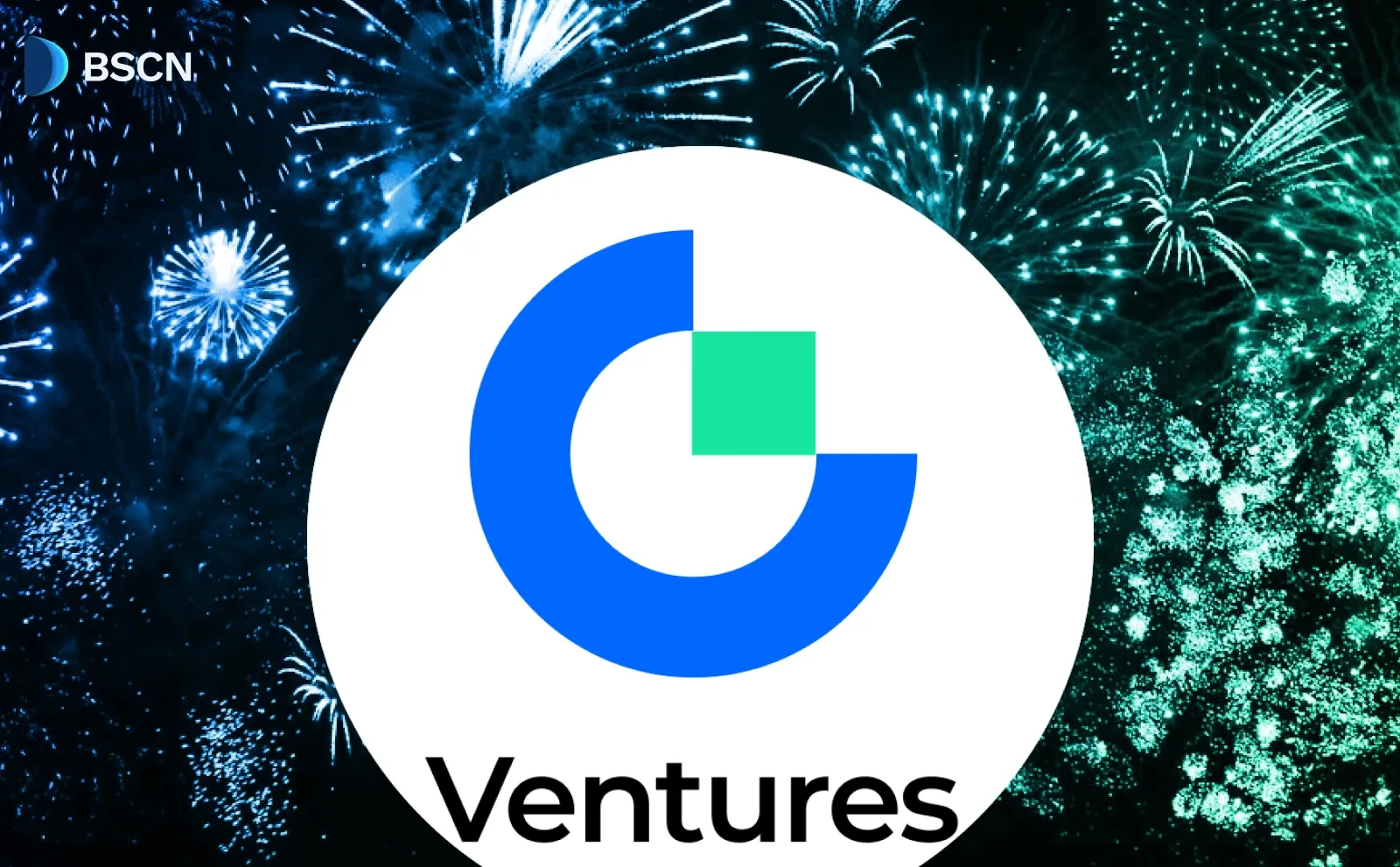News
(Advertisement)
Uniswap Moves to Activate Protocol Fees and UNI Burn in Major Governance Upgrade

Uniswap proposes activating protocol fees, introducing a UNI burn system, and merging Labs and Foundation to align governance and ecosystem growth.
Soumen Datta
November 11, 2025
(Advertisement)
Table of Contents
Uniswap has announced a comprehensive governance proposal that seeks to reshape how value flows through its decentralized exchange ecosystem. The plan, dubbed UNIfication, introduces protocol fees, a UNI token burn system, and an organizational merger between Uniswap Labs and the Uniswap Foundation.
A proposal for the next chapter of 🦄
— Uniswap Labs 🦄 (@Uniswap) November 10, 2025
UNIfication is a joint proposal from Uniswap Labs and the Uniswap Foundation that turns on protocol fees and aligns incentives across the Uniswap ecosystem
Positioning the Uniswap protocol to win as the default decentralized exchange https://t.co/ra0Y7TKpYk
If approved, it would mark the first time in Uniswap’s history that a portion of swap fees flows back to the protocol, rather than solely to liquidity providers. This change aims to establish a sustainable economic model that benefits UNI holders, liquidity providers (LPs), and developers contributing to protocol growth.
In simple terms, Uniswap wants to turn on the long-discussed “fee switch,” route some of those fees toward a structured UNI burn, and align all parts of its ecosystem under one coordinated framework.
Why This Proposal Matters
For years, Uniswap’s fee switch remained off, meaning all swap revenue went to liquidity providers. The new proposal changes that by allocating a portion to the protocol itself — creating a new, self-sustaining source of revenue.
This revenue would then be used to burn UNI, directly linking protocol activity with token scarcity. In effect, the more Uniswap is used, the more UNI is burned — reducing supply and strengthening the connection between network activity and UNI value.
The proposal comes at a pivotal time for decentralized finance (DeFi). As Uniswap noted, decentralized trading protocols are now rivaling centralized exchanges in liquidity, performance, and institutional participation.
Key Elements of the “UNIfication” Proposal
1. Turning on Protocol Fees
Uniswap’s protocol fee switch can only be activated through a governance vote. The proposal asks token holders to approve this activation.
To minimize disruption, the rollout would occur gradually, starting with v2 and key v3 pools that represent 80–95% of LP fees on Ethereum mainnet.
- Uniswap v2:
- Current LP fees: 0.3%
- Post-activation: LPs receive 0.25%; 0.05% goes to the protocol.
- Uniswap v3:
- Fees depend on pool tiers.
- Protocol fee initially set to one-fourth of LP fees for 0.01% and 0.05% pools, and one-sixth for 0.30% and 1% pools.
Governance will have authority to adjust these parameters as data from rollout phases become available.
2. Unichain Sequencer Fees Redirected to UNI Burn
Launched nine months ago, Unichain — Uniswap’s Ethereum Layer 2 network — processes about $100 billion in annualized DEX volume and generates $7.5 million in annualized sequencer fees.
Under the new plan, all Unichain sequencer fees, after covering data costs and a 15% share to Optimism, will feed directly into the UNI burn mechanism.
This ensures every layer of Uniswap’s ecosystem contributes to the same deflationary cycle.
3. Protocol Fee Discount Auctions (PFDA)
Another major innovation is the Protocol Fee Discount Auction — a mechanism to capture miner extractable value (MEV) and improve LP returns.
In simple terms, PFDA auctions the right for a trader’s address to execute swaps without paying protocol fees for a brief window. The winning bid, paid in UNI, goes directly into the burn contract.
Early testing suggests PFDA could increase LP returns by $0.06–$0.26 per $10,000 traded, a meaningful improvement in an industry where LP margins are typically thin.
4. Aggregator Hooks on Uniswap v4
With Uniswap v4, the protocol introduced “hooks” — smart contract modules that allow developers to customize pool logic. The new governance plan leverages these hooks to create aggregator hooks, which pull liquidity from other decentralized protocols.
This means Uniswap v4 itself becomes an on-chain aggregator, earning small fees from external liquidity sources while burning UNI in the process.
Labs plans to integrate these hooks into its frontend and API, expanding Uniswap’s liquidity access across the broader DeFi landscape.
5. Retroactive UNI Burn
To address what many see as “missed” protocol revenue from past trading, Uniswap proposes a retroactive burn of 100 million UNI from its treasury — roughly 16% of the circulating supply.
This amount represents the estimated UNI that would have been burned if protocol fees had been active since Uniswap’s 2020 token launch.
After this burn, UNI’s circulating supply would drop from around 625 million to about 525 million.
6. Technical Implementation Details
Each fee source will connect to a unified on-chain system using two smart contracts — TokenJar and Firepit:
- TokenJar: Collects and holds all protocol fees.
- Firepit: Burns UNI whenever fees are withdrawn from TokenJar.
Adapters for Uniswap v2, v3, and Unichain are already implemented. Future proposals will add adapters for v4, PFDA, and aggregator hooks across other Layer 1 and Layer 2 networks.
This setup ensures full transparency and on-chain verifiability of all burned tokens.
Governance and Organizational Restructuring
Alongside the technical upgrades, the proposal also outlines a significant governance restructuring.
The Uniswap Foundation and Uniswap Labs would merge under a single operational umbrella. Most Foundation employees would move to Labs, with only a small grants and incentives team remaining independent.
This unification aims to align both entities around the same objective — making the Uniswap protocol the default decentralized exchange for tokenized assets.
Leadership and Oversight
The new five-member governance board would include:
- Hayden Adams (Uniswap Labs founder)
- Callil Capuozzo
- Devin Walsh
- Hart Lambur
- Ken Ng
This board will oversee governance, funding, and protocol development activities.
Growth Budget and Economic Alignment
Uniswap Labs will stop monetizing its interface, wallet, and API, removing all fees on these products. Instead, the focus shifts toward protocol-level growth.
A growth budget of 20 million UNI per year, distributed quarterly starting January 2026, will fund ecosystem incentives, partnerships, and developer grants.
Labs’ commitment includes:
- Driving Uniswap integrations through SDKs and developer support.
- Supporting liquidity providers with improved tools and yield mechanisms.
- Expanding Unichain as a high-performance trading hub.
- Sponsoring gas costs to make Uniswap trades cheaper on Unichain.
This growth strategy emphasizes Uniswap’s shift from app-level monetization to protocol-wide adoption.
The “Lock the Socks” Initiative
The proposal includes migrating Unisocks liquidity — the quirky tokenized socks introduced in 2019 — from Uniswap v1 on mainnet to v4 on Unichain. The LP position will then be sent to a burn address, permanently locking the supply curve.
The move is part historical cleanup, part cultural gesture, and reinforces Uniswap’s goal of consolidating all legacy assets within its modern ecosystem.
Governance Process and Community Vote
The governance upgrade will follow Uniswap’s standard three-step process:
- Community Discussion – Open debate and feedback phase.
- Snapshot Vote – Off-chain sentiment check.
- On-Chain Vote – Binding decision requiring quorum and majority support.
The full process is expected to span around three weeks, allowing delegates and community members to propose amendments or clarifications.
Conclusion
Uniswap’s UNIfication proposal represents a strategic evolution in how decentralized exchanges manage and distribute value.
Uniswap aims to become the default DEX by activating protocol fees, burning UNI tied to platform usage, merging its governance structures, and aligning incentives across participants.
The proposal does not promise a “new era” for DeFi — it simply establishes a durable and transparent economic model built on proven mechanisms, sound governance, and aligned incentives.
Resources:
Uniswap X platform: https://x.com/Uniswap
UNIfication Proposal: https://gov.uniswap.org/t/unification-proposal/25881
Uniswap docs: https://docs.uniswap.org/
Read Next...
Frequently Asked Questions
What does Uniswap’s new proposal do?
It activates protocol fees, burns UNI tokens based on usage, merges the Foundation and Labs, and sets up a long-term growth budget for ecosystem development.
How will UNI burning work?
Fees collected from swaps, Unichain sequencers, and discount auctions will go into smart contracts that automatically burn UNI, reducing total supply over time.
When will the changes take effect?
After community discussions and governance votes. If approved, rollout begins with v2 and key v3 pools, followed by Unichain and other networks over time.
Disclaimer
Disclaimer: The views expressed in this article do not necessarily represent the views of BSCN. The information provided in this article is for educational and entertainment purposes only and should not be construed as investment advice, or advice of any kind. BSCN assumes no responsibility for any investment decisions made based on the information provided in this article. If you believe that the article should be amended, please reach out to the BSCN team by emailing [email protected].
Author
 Soumen Datta
Soumen DattaSoumen has been a crypto researcher since 2020 and holds a master’s in Physics. His writing and research has been published by publications such as CryptoSlate and DailyCoin, as well as BSCN. His areas of focus include Bitcoin, DeFi, and high-potential altcoins like Ethereum, Solana, XRP, and Chainlink. He combines analytical depth with journalistic clarity to deliver insights for both newcomers and seasoned crypto readers.
(Advertisement)
Latest News
(Advertisement)
Crypto Project & Token Reviews
Project & Token Reviews
Comprehensive reviews of crypto's most interesting projects and assets
Learn about the hottest projects & tokens





